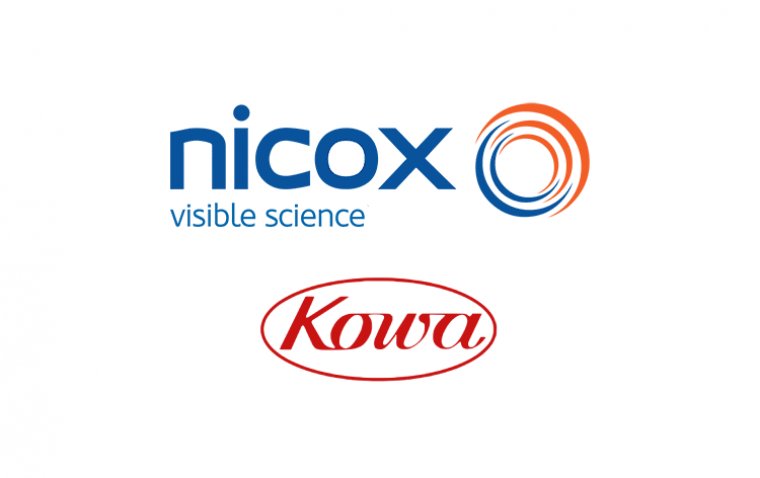
Alcon Announces Launch Of AcrySof IQ Vivity
Development of active glasses for mitigating presbyopia has become an active area of research, facilitated by the miniaturization of focus-tunable lenses as well as the increased processing power of modern computers.
This new presbyopia-mitigating lens is now available to all U.S. ophthalmologists for patients undergoing cataract surgery. Cataracts are the most common cause of vision loss globally. The U.S. market is expected to grow to 5.4 million cataract surgeries by 2025.
With the aging population, the number of people in the U.S. with cataracts is expected to double by 2050.
Vivity is a first-of-its-kind, non-diffractive extended depth of focus IOL with Alcon’s proprietary non-diffractive X-WAVE™ technology, which stretches and shifts light without splitting it. Vivity delivers monofocal-quality distance (far) with excellent intermediate (at arm’s length) and functional near vision (up close).
The lens expands Alcon’s growing portfolio of presbyopia-mitigating IOLs to meet the needs of cataract patients who are interested in restoring their visual performance and improving their lifestyle.
“With the introduction of Vivity, Alcon continues to demonstrate our ongoing commitment to growing our IOL portfolio and delivering differentiated innovations that meet surgeon and patient needs,” said Sergio Duplan, President, North America at Alcon.
“We now offer two next-generation presbyopia-mitigating IOL options, with the PanOptix Trifocal for patients who want to be more spectacle independent at all distances and Vivity for patients who seek to improve their intermediate and near vision, with a monofocal-like visual disturbance profile.”
Also available in toric designs, Vivity is built on Alcon’s trusted and proven AcrySof IQ IOL platform that has been implanted in more than 125 million eyes globally. According to results from a U.S. clinical trial, patients who had the Vivity lens implanted experienced renewed vision and lifestyle benefits, including:
- 94% and 92% of Vivity patients reported very good or good vision at distance and arm’s length, respectively, without glasses in bright light, with vision of 20/20 at distance and greater than 20/25 at intermediate
- Comparable visual disturbance profile to a monofocal IOL
The Vivity lens is a disruptive technology that fills a gap for eye surgeons as a presbyopia-mitigating IOL option for those patients who are not candidates for a diffractive IOL platform, but want some spectacle independence,” said Dr. Cathleen McCabe, Chief Medical Officer, Eye Health America and Medical Director, The Eye Associates.
“This lens has a monofocal-like visual disturbance profile, a low incidence of severe or very bothersome glare and halos, and provides a continuous extended range of vision which can meet the needs of many cataract patients.”
Vivity received FDA approval in February 2020, and it was made available to select U.S. ophthalmologists in September 2020 during a pilot phase, ahead of the current national launch.
Vivity is already available in some European markets, Australia, New Zealand and Canada and has been introduced to select ophthalmologists in Latin America. For more information regarding Vivity in the U.S., visit vivityview.com.
About Cataracts
A cataract is a cloudy area in the natural lens of the eye that affects vision. As a cataract develops, the eye’s lens gradually becomes hard and cloudy allowing less light to pass through, which makes it more difficult to see.
The vast majority of cataracts result from normal aging, but radiation exposure, taking steroids, diabetes and eye trauma can accelerate their development. Cataracts are the most common age-related eye condition and the leading cause of preventable blindness.
Twenty million people in the U.S. age 40 and older have cataracts. Cataracts are treated by removing the eye’s cloudy natural lens and surgically replacing it with an intraocular lens or IOL. More than 98 percent of cataract surgeries are considered successful, and patients typically can return to their normal routines within 24 hours.
About Presbyopia
Presbyopia is a common, age-related vision condition in which people have difficulty focusing on things up close. It involves the gradual loss of the eye’s ability to focus on close objects, such as smart phones, computers, books and menus.
Almost everyone will experience presbyopia to some degree as they age, with symptoms often first appearing as an individual enters their 40s and continues to worsen into their 60s.
In the U.S., an estimated 112 million people experience vision issues due to presbyopia – a number that’s expected to continue increasing.
The condition is not a disease, so it cannot be cured; however, there are safe and effective ways to correct presbyopia, including eye glasses, contact lenses or refractive surgery.
About the AcrySof® IQ Vivity™ IOL
The non-diffractive AcrySof® IQ VivityTM Extended Vision Posterior Chamber Intraocular Lens Model DFT015 (referred to as AcrySof® IQ VivityTM IOL) is a UV-absorbing and blue light filtering foldable intraocular lens (IOL). This IOL, compared to a monofocal IOL, provides an extended range of vision from distance to near without increasing the incidence of visual disturbances.
Potential side effects: As with any surgery, there is an implicit risk, whether or not the IOL is implanted. The complications of the IOL implantation surgery ranges from minor side effects (usually temporary) to serious complications.
Patients with previous illnesses or disorders (such as chronic infections of the eye or eyelids, or diabetes) may present a higher risk of complications.
Temporary surgical complications include, but are not limited to, reactions to medications such as irritation or mild allergic response, bleeding, redness, itching of the eye, sensitivity to light, swelling, corneal edema (swelling of the cornea), problems with the iris, cell growth in the IOL, and an increase temporary eye pressure.
There is a small risk of needing further surgical treatment (such as IOL replacement implanted by a different one or surgery to improve vision) after the implantation of the initial IOL.
(1).jpg)










